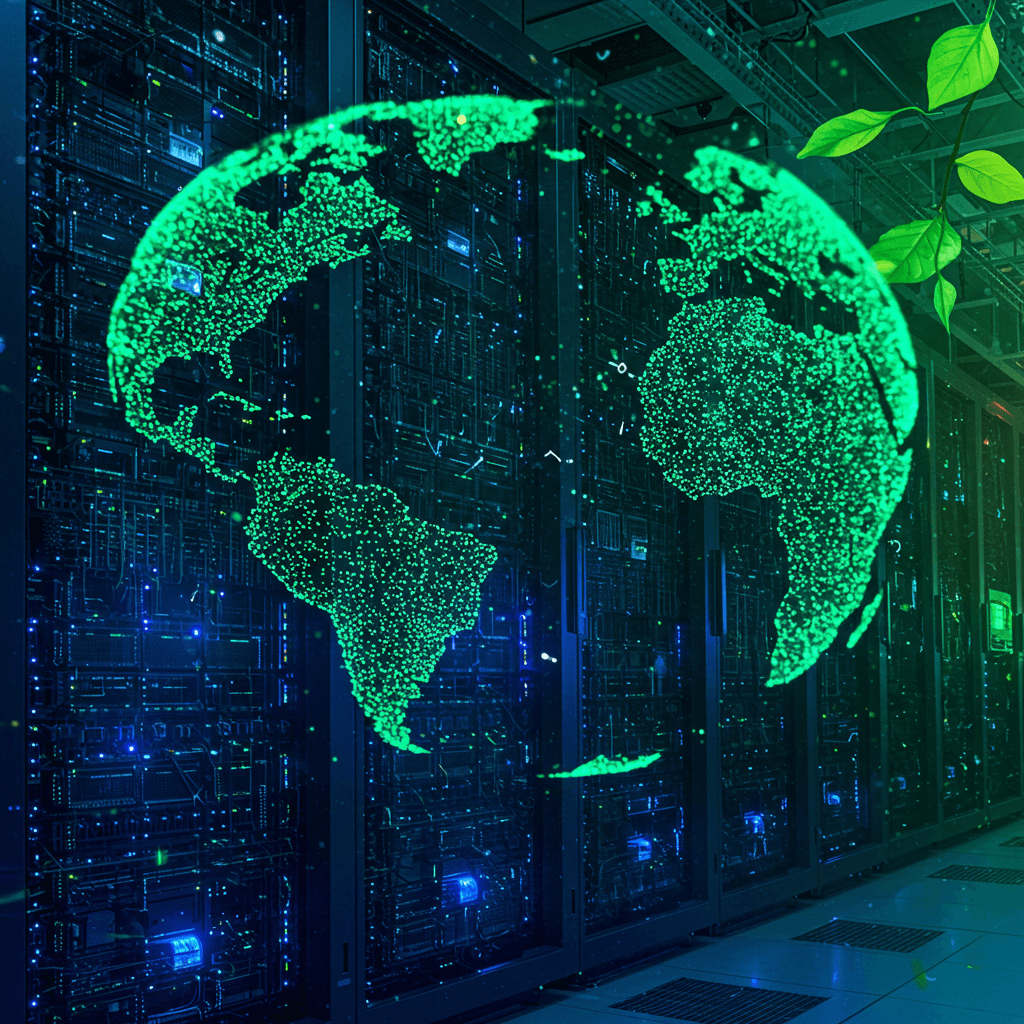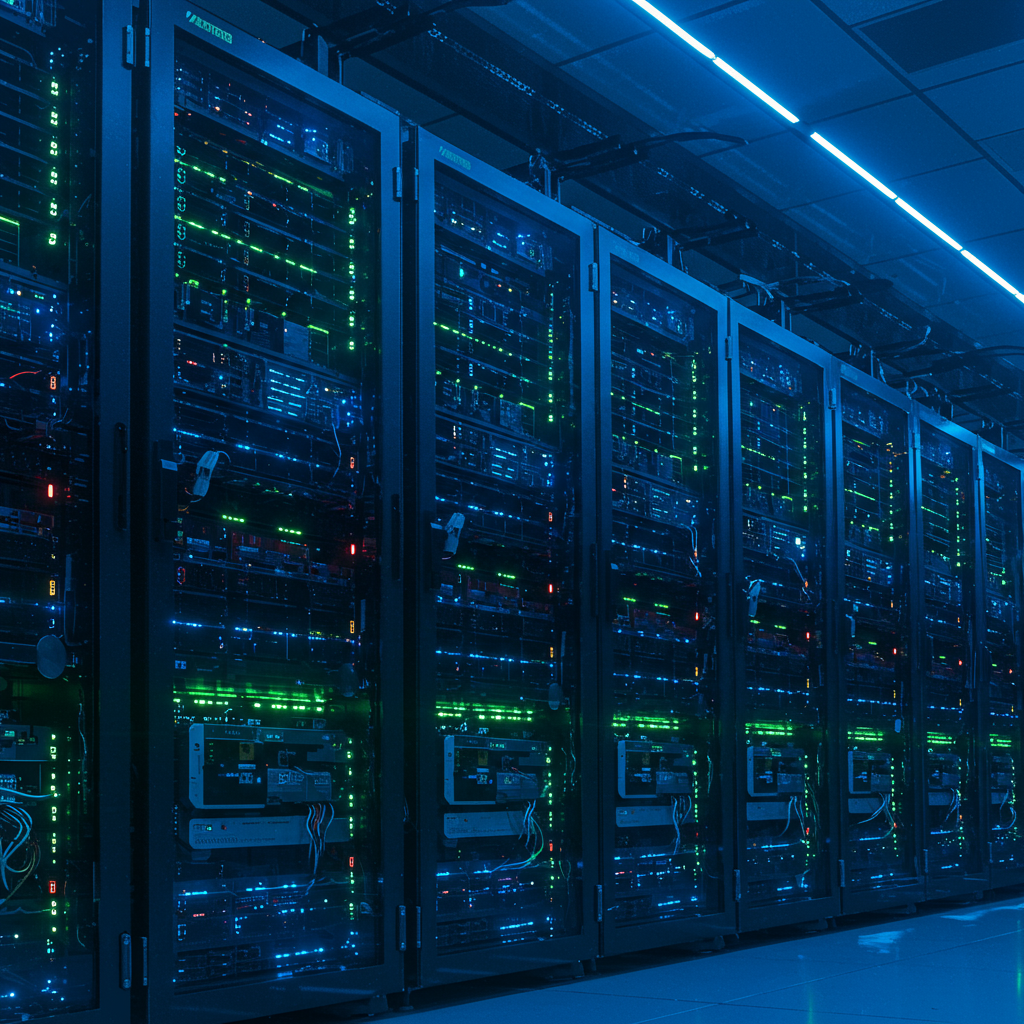Understanding AI Hardware & Its Environmental Impact
AI hardware powers innovation but also brings energy, resource, water, and e-waste challenges. Discover practical ways to reduce its environmental impact.

Understanding AI Hardware & Its Environmental Impact
Artificial intelligence (AI) is transforming industries at an unprecedented pace, but the hardware powering this revolution – AI servers, GPUs, and sprawling data centres – comes with a significant environmental impact. As businesses increasingly rely on AI-driven applications, it is crucial to understand the ecological footprint of AI hardware and adopt sustainable practices to mitigate its effects. This article delves into the energy consumption, carbon emissions, resource extraction, water usage, and e-waste challenges associated with AI hardware, while offering actionable strategies for greener, more responsible AI deployment.
The Role of AI Hardware in Modern Technology
At the heart of every AI system lies a complex network of hardware components, including servers, graphics processing units (GPUs), and data centres. These elements work synergistically to process vast amounts of data, train machine learning models, and deliver real-time AI-powered services. Servers act as the backbone, managing data storage and computational tasks, while GPUs accelerate the processing of complex algorithms, making them indispensable for deep learning and advanced analytics. Data centres, housing thousands of these devices, provide the infrastructure necessary for AI scalability and performance. Consequently, the efficiency and capability of AI hardware directly influence the speed, accuracy, and scalability of AI applications, making hardware performance a critical factor in technological advancement.

Energy Consumption and Carbon Footprint of AI Hardware
AI hardware, particularly data centres and GPUs, is notorious for its immense energy demands. According to recent studies, global data centre electricity consumption has surged to over 200 terawatt-hours annually, accounting for nearly 1% of worldwide electricity use. Furthermore, the reliance on fossil fuels for electricity generation means that every AI query, model training session, or data processing task contributes to carbon emissions. For example, training a single large AI model can emit as much carbon as five cars over their entire lifetimes. As AI adoption accelerates, the environmental consequences of this energy use become increasingly severe, highlighting the urgent need for sustainable AI technologies and green data centres.
Environmental Challenges from Hardware Manufacturing and Resource Extraction
Beyond operational energy use, the environmental impact of AI hardware begins with the extraction of rare earth metals such as lithium, cobalt, and nickel. These materials are essential for manufacturing semiconductors and GPUs, yet their extraction is energy-intensive and often linked to pollution, deforestation, and habitat destruction. Semiconductor fabrication, for instance, requires vast amounts of water and chemicals, resulting in significant carbon emissions and environmental degradation. Consequently, the entire lifecycle of AI hardware – from resource extraction to manufacturing – contributes to the overall environmental burden, making it imperative for businesses to consider the full scope of AI’s ecological footprint.
Water Usage and Biodiversity Impacts of Data Centres
Data centres not only consume vast amounts of electricity but also require significant water resources for cooling. In regions already facing water scarcity, the diversion of water for data centre operations can exacerbate local shortages and disrupt ecosystems. For example, large-scale AI infrastructure projects have been linked to habitat loss, pollution, and declines in local biodiversity. As demand for AI hardware grows, so too does the strain on water resources and surrounding environments, underscoring the importance of eco-friendly AI deployment and responsible site selection for new data centres.

Electronic Waste and Sustainability Concerns in AI Hardware
The rapid pace of AI innovation drives frequent hardware upgrades and replacements, resulting in a growing mountain of electronic waste (e-waste). Globally, e-waste recycling rates remain below 20%, with much of it ending up in landfills or being improperly disposed of. This not only wastes valuable resources but also poses serious risks of soil and water contamination from hazardous materials. As AI hardware becomes obsolete more quickly, the e-waste problem intensifies, making responsible waste management and recycling essential components of sustainable AI practices.
Strategies for Greener AI Hardware Deployment
Fortunately, businesses can take practical steps to reduce the environmental impact of AI hardware. Firstly, adopting renewable energy sources for data centre operations can significantly cut carbon emissions. Secondly, improving energy efficiency through advanced cooling technologies and hardware optimisation helps lower electricity use. Thirdly, optimising data centre operations – such as using AI for predictive maintenance and workload management – can further enhance sustainability. Finally, implementing robust e-waste recycling programmes ensures that obsolete hardware is responsibly processed and valuable materials are recovered. Industry leaders like Google and Microsoft are already pursuing carbon-neutral goals and investing in sustainable AI technologies, setting a benchmark for others to follow.
- Switch to renewable energy providers for AI servers and data centres
- Invest in energy-efficient hardware and cooling systems
- Optimise AI workloads to minimise unnecessary computation
- Establish partnerships with certified e-waste recyclers
- Monitor and report on environmental performance regularly
Conclusion
AI hardware is undeniably vital for technological progress, yet it brings with it significant environmental challenges. From energy consumption and carbon emissions to resource extraction, water usage, and e-waste, the ecological footprint of AI is substantial. However, by adopting sustainable practices and investing in greener technologies, businesses can reduce the environmental impact of AI hardware and contribute to a more responsible, eco-friendly future.
Ready to Transform Your Business?
Join thousands of businesses already using AI agents to automate their workflows and boost productivity.


